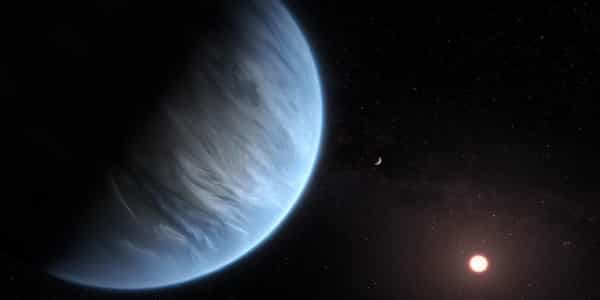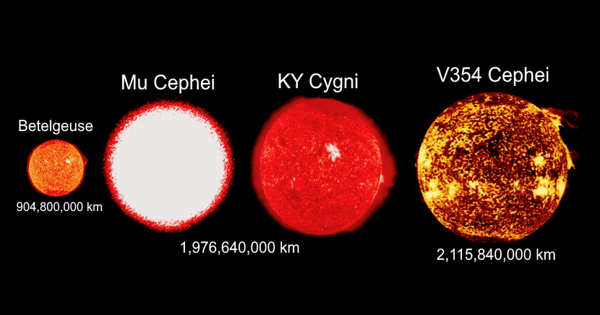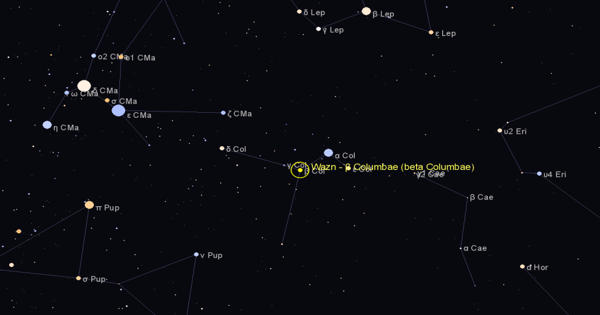Due to their scarcity on Earth’s surface, diamonds are valuable. Only last week did we learn that the Earth’s mantle and core connect, creating what may be a “diamond factory” beneath our feet, while diamonds in the sky proved to be real. However, it seems more and more likely from a wider global standpoint that they are as prevalent as mud.
A long time ago, planetary scientists hypothesized that the intense pressures found inside the so-called “ice giants” Uranus and Neptune produce diamond rain. They even succeeded in creating nanodiamonds in the lab by simulating these pressures. There is evidence that the way the diamonds tumble through the gaseous stuff, creating heat through friction as they do so, is a frequent enough process to affect the planets’ ability to regulate their internal temperatures.
Two ice giants and four rocky planets make up our Solar System, but these may be the most frequent planets overall in the galaxy. According to modeling in Science Advances of ice giants with slightly more complicated atmospheric components, diamond production may be at least as likely elsewhere.
Both Uranus and Neptune have extremely low oxygen levels in their gaseous outer layers, but oxygen is necessary for the H2O to form in their ammonia-water oceans. They might contain more oxygen than their equivalents elsewhere. The team that created nano-diamonds in a pure methane atmosphere at Neptune-like pressures and temperatures aimed to find out if it would also happen on an oxygen-rich planet.
They chose an unexpected substance—PET, a tough, transparent plastic that is frequently used in ordinary soft drink bottles. To imitate the activities on ice worlds, PET has a nice balance of carbon, hydrogen, and oxygen, according to a statement from University of Rostock Professor Dominik Kraus. The authors used X-ray lasers to irradiate PET samples.
Kraus and his colleagues discovered that oxygen actually increases the likelihood of diamond production rather than preventing it. Diamonds develop at lower temperatures and pressures when oxygen is present than when it is absent.
According to Kraus, the oxygen had the effect of speeding up the splitting of the carbon and hydrogen, which aided in the production of nanodiamonds. It made it easier for carbon atoms to bond and form diamonds.
Although the diamonds created in this study are only a few nanometers wide, the scientists believe that under the conditions of an ice giant, they would grow to be millions of carats in weight (at least 200 kilograms). The diamonds would gradually sink to form a layer surrounding the solid core even though the dense gases on worlds like these would impede their fall initially.
There are tens of thousands of kilometers of gas that is dense enough to produce pressures that form precious stones, so even the most inventive plans for planetary mining are unlikely to find a way to extract them. The researchers believe their method of creating nano-diamonds by shining lasers on PET could be commercially viable, therefore the finding could also prove useful in another way.
These diamonds could be utilized as abrasives, quantum sensors, and medicinal contrast agents but are unlikely to be large enough to pose a threat to the gemstone business.
According to Dr. Benjamin Ofori-Okai of Stanford University, “the method nanodiamonds are now generated is by taking a pile of carbon or diamond and blowing it up using explosives.” “This produces difficult-to-control nanodiamonds in a range of sizes and forms. This may lead to more consistent results because we are observing in this experiment a varied reaction of the same species under high temperature and pressure.
















